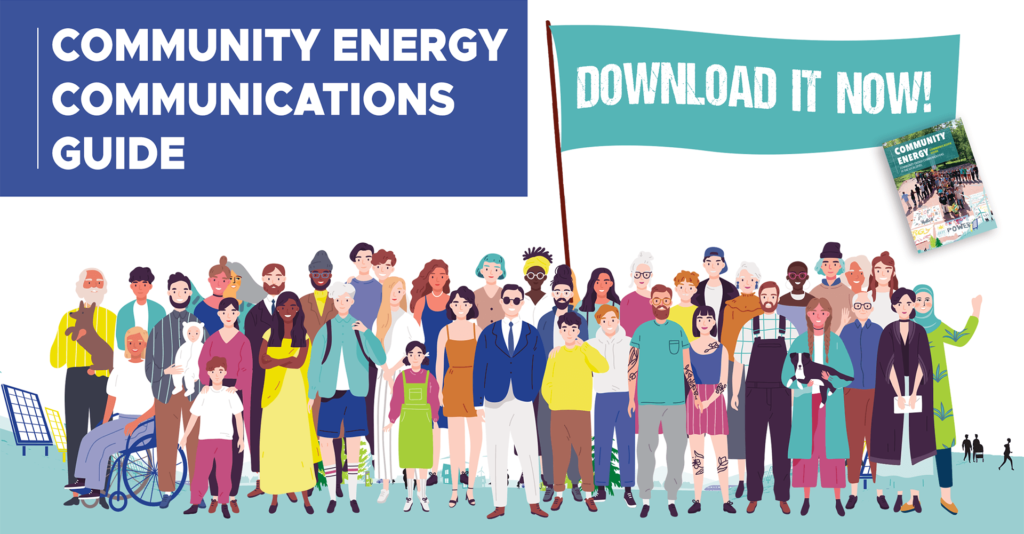Finding Energy Independence Together
We can all become more energy independent – here’s how energy communities can make it happen.
We know now that some 100 corporations are responsible for approximately 70% of global greenhouse gases. We also know that the Big Players alone won’t be able to bring about the changes we need. If we want to slow climate change, we need everyone involved because we can all make a difference. The Community Energy Handbook gives clear indications of how and what it means to come together in taking action collectively to address the biggest challenge of our times.
Read the Community Energy Communications Guide here.
Indeed, I would say that citizen and resident engagement is the more important parallel track to the Big Players – perhaps even the long-term ‘holy grail’ – for pursuing a more embedded, engaged and ultimately a more encompassing energy transformation for our societies. People – as consumers and prosumers – have the power to change their consumption habits and their sources of energy. Everyone has a choice of what mode of transport they take, what food they eat, what electricity they use…
Moreover, we can organise ourselves in Energy Communities that bring clean energy to our territories. What makes these Energy Communities different from most Big Players: citizens and residents are no longer just consumers, they actually own the power installations. They have invested their own money and time to deliver clean energy, energy efficiency, and clean mobility projects.

Energy Communities work together with their local authorities to make the best use of local resources, and to ensure they benefit the entire community. The returns on investment from these projects are very often used to improve the well-being of the whole community while creating local employment.
Local authorities, municipalities and communities are clearly at the vanguard of the energy transition – waiting for neither the corporates nor international politics to move – they are the closest to the people. As an example, at REVOLVE we carried out campaigns with our Cities4Forests network by planting a tree for every image posted of people around trees and in nature.
Around the Mediterranean, REVOLVE is also part of the Ecosystemic Transition Unit initiative (as the campaign of the INTERREG MED Renewable Energy Communities) that aims to engage local authorities and communities in participating more pro-actively in the energy transition. Islands and remote rural areas are hugely symbolic of how energy independence is possible for Europe.
If islands and remote areas can be energy independent, then continental Europe can become energy independent and rely more robustly and securely on local renewable sources of energy. Read this Guide carefully, it is full of little gems and big tips that will inspire you to make a move in that direction and ultimately to change the world in your way.
Read the Community Energy Communications Guide here.